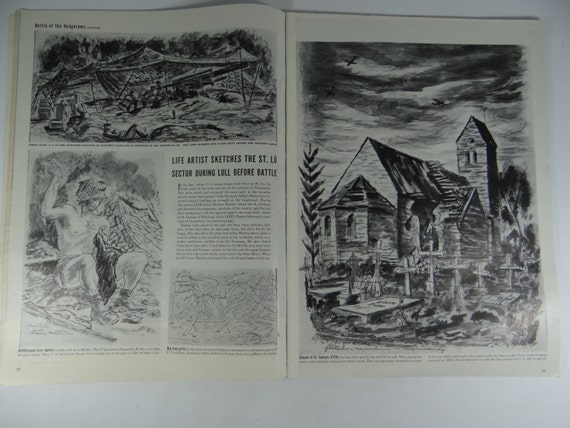
Though it was significant to the US Navy, most Americans had never heard of Pearl Harbor. Navy base at Pearl Harbor, on Thailand and on the British territories of Malaya and Hong Kong. Japan launched nearly simultaneous surprise attacks against the major U. This caused the United States, United Kingdom and Netherlands to block Japan's access to oil, such as that in the Dutch East Indies and British colonies in Borneo. After fruitless negotiations with the United States concerning withdrawal from China, excluding Manchukuo, Japan attacked Vichy French-controlled Indochina on July 24, 1941. On SeptemJapan signed the Tripartite Pact with Germany and Italy. Australia and then the United States, in 1940, responded with embargoes on iron exports to Japan. The Empire of Japan, already in Manchuria since 1931, invaded China on July 7, 1937. Territory of the Empire of Japan at its peak. After repulsing a German counterattack at the Battle of the Bulge that December, the Western Allies crossed the Rhine River to link up with their Soviet counterparts at the Elbe River in central Germany.ĭuring the war in Europe, some 6 million Jews, along with another 5 to 6 million people - Roma (Gypsies), Slavs, Communists, homosexuals, the disabled and several other groups - were murdered by Germany in a state-sponsored genocide that came to be known as the Holocaust.

Meanwhile, the Western Allies successfully defended North Africa (1940–43), invaded Italy (1943), and then liberated France (1944), following amphibious landings in Normandy. The Red Army then pursued the retreating Wehrmacht to Berlin, and won the street-by-street Battle of Berlin, as Hitler committed suicide in his underground bunker on April 30, 1945. The Soviets later launched a massive encircling counterattack to force the surrender of the German Sixth Army at the Battle of Stalingrad (1942–43), decisively defeated the Axis at the Battle of Kursk, and broke the Siege of Leningrad. The Germans initiated another major offensive the following summer, but the attack bogged down in vicious urban fighting in Stalingrad. Despite enormous gains, the invasion stalled on the outskirts of Moscow in late 1941, as the winter weather made further advances difficult. By summer of 1941, Germany had conquered France and most of Western Europe, but it failed to subdue the United Kingdom thanks to the resistance of the Royal Air Force and Royal Navy.Īdolf Hitler then turned on the Soviet Union, launching a surprise attack ( codenamed Operation Barbarossa) on June 22, 1941. Italian and later German troops attacked British forces in North Africa. Germany rapidly overran Poland, then Norway, the Netherlands, Belgium and France in 1940, and Yugoslavia and Greece in 1941. The Soviet Union joined the invasion of Poland on September 17. South Africa ( September 6) and Canada ( September 10) followed suit. On September 3 at 11:15 GMT, the United Kingdom, Australia, New Zealand, followed six hours later by France, responded by declaring war on Germany, initiating a widespread naval war. On September I, 1939, Germany, led by Adolf Hitler and the Nazi Party, invaded Poland according to a secret agreement with the Soviet Union. Red countries are Allied or Allied-controlled, Blue denotes Axis or Axis controlled countries, and the Soviet Union is colored Green prior to joining the Allies in 1941 9.1 Aftermath of World War II in Europe.4 Casualties, civilian impact, and atrocities.3.17 The Eastern Front (January 1945 – April 1945).3.16 The Western Front (June 1944 – January 1945).



3.11 The Western Front (September 1940 – June 1944).3.10 The Eastern Front (January 1942 - February 1943).3.8 China and South-East Asia (September 1941 – March 1944).3.6 The Eastern Front (April 1941 – January 1942).3.5 Sub-Saharan Africa (July 1940 – September 1943).3.4 The Mediterranean (April 1940 – May 1943).3.3 The Western Front (May 1940 – September 1940).3.2 War breaks out in Europe (September 1939 – May 1940).3.1 War breaks out in Asia (July 1937 – September 1939).


 0 kommentar(er)
0 kommentar(er)
